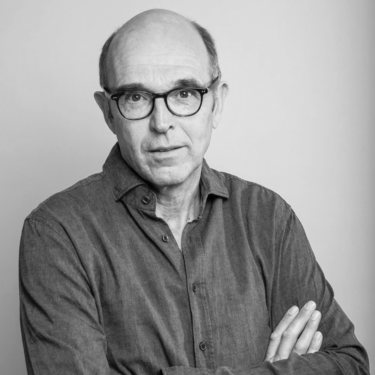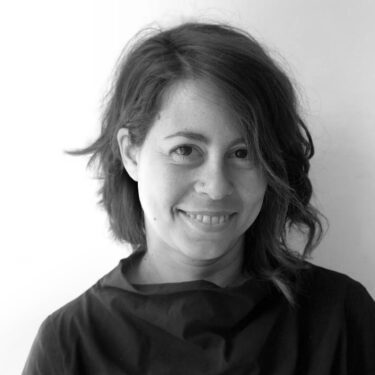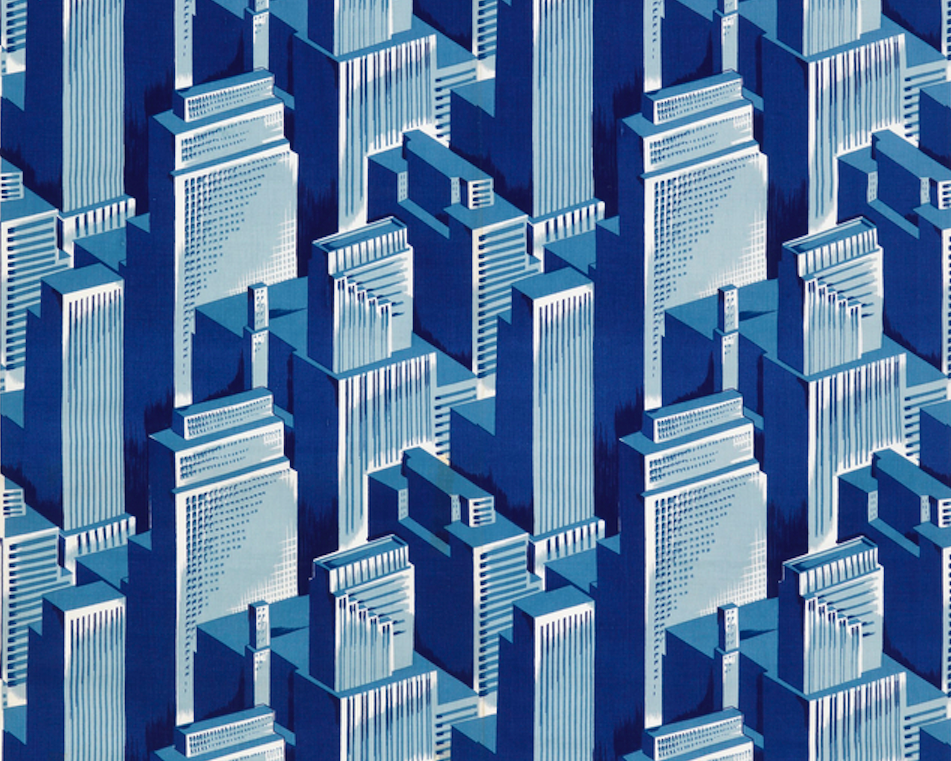Date & Time
Friday, July 2nd | 11:30 – 13:00 CEST, 05:30 – 07:00 EDT, 19:30 – 21:00 AEST
Check your timezone here
Description
Urban scholars have increasingly turned to urban imaginaries as a concept with which to interrogate the complex relations between the city’s materiality and the experiences of its inhabitants. The urban theorist Edward Soja describes urban imaginaries as “the mental or cognitive mappings of urban reality and the interpretative grids through which we think about, experience, evaluate, and decide to act in the places, spaces, and communities in which we live”. Urban imaginaries not only capture the way city dwellers make sense of their environment, but they provide a valuable means to consider urban entanglements. As Christoph Lindner and Miriam Meissner explain in their introduction to the Routledge Companion to Urban Imaginaries (2019), urban imaginaries “meaningfully interlink the different structures and signs, minds and bodies, facts and subjectivities, actualities and virtualities, economies and ecologies of urban social space”. In this sense, considering urban imaginaries allows researchers to start unpacking the richness of the urban lifeworld.
Urban imaginaries, “our situated and city-centric consciousness”, to cite Soja again, draw from multiple sources, including the cultural circulation of urban images, the everyday practices of city dwellers, and the technologies that mediate them. While the growth of cities has always coincided with the introduction of new technologies into the urban fabric, this process seems to have reached new heights with the rise of the smart city. Networked sensors and the algorithms they feed figure largely in the way cities are imagined and managed, revealing the smart city as an urban imaginary per excellence – a container for innovation and a platform for envisioning urban futures. This, however, raises important questions about who gets to imagine the smart city, and how a plurality of urban forms and configurations may break through the homogeneity of smart city technologies and policies. The role of artists and designers seems especially pertinent here.
Taking at its point of departure the assumption that urban imaginaries and, by extension, the public imagination are central to urban politics, the symposium will explore the relations between urban imaginaries and urban futures. Drawing from art and design projects, research and activism, symposium speakers will engage with such issues as the value of urban imaginaries as sites of collective creativity; the functioning of urban imaginaries as boundary objects that bring into dialogue the social sciences, arts and humanities; the usefulness of urban imaginaries as a means to interrogate and problematize the drive to quantify everyday urban life; and the value of urban imaginaries as windows into the political role of art and design.
Organizers
Roy Bendor
More info & contact
roy@digitalsustainability.com

Roy Bendor
Assistant Professor of Critical Design at the Faculty of Industrial Design Engineering, Delft University of Technology, and Fellow of the Urban Futures Studio at Utrecht University

Maarten Hajer
Maarten Hajer is distinguished professor of Urban Futures at the Geosciences Faculty of Utrecht University and director of the small unit for experimental work, the Urban Futures Studio

Ollie Palmer
Pathway Leader on the Situated Design MA at the Master Institute of Visual Cultures at St Joost School of Art and Design, and a researcher in the Situated Art and Design group in the Centre of Applied Research for Art, Design and Technology (Caradt)

Tara Karpinski
Researcher at the Situated Art & Design research-group at the Center of Expertise for Art, Design and Technology, at Avans University of Applied Sciences

Cristina Ampatzidou
With a background in architecture and urbanism, her research and practice focus on the affordances of new media, particularly games, for sustainable urban futures.
